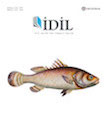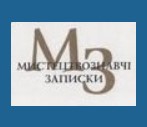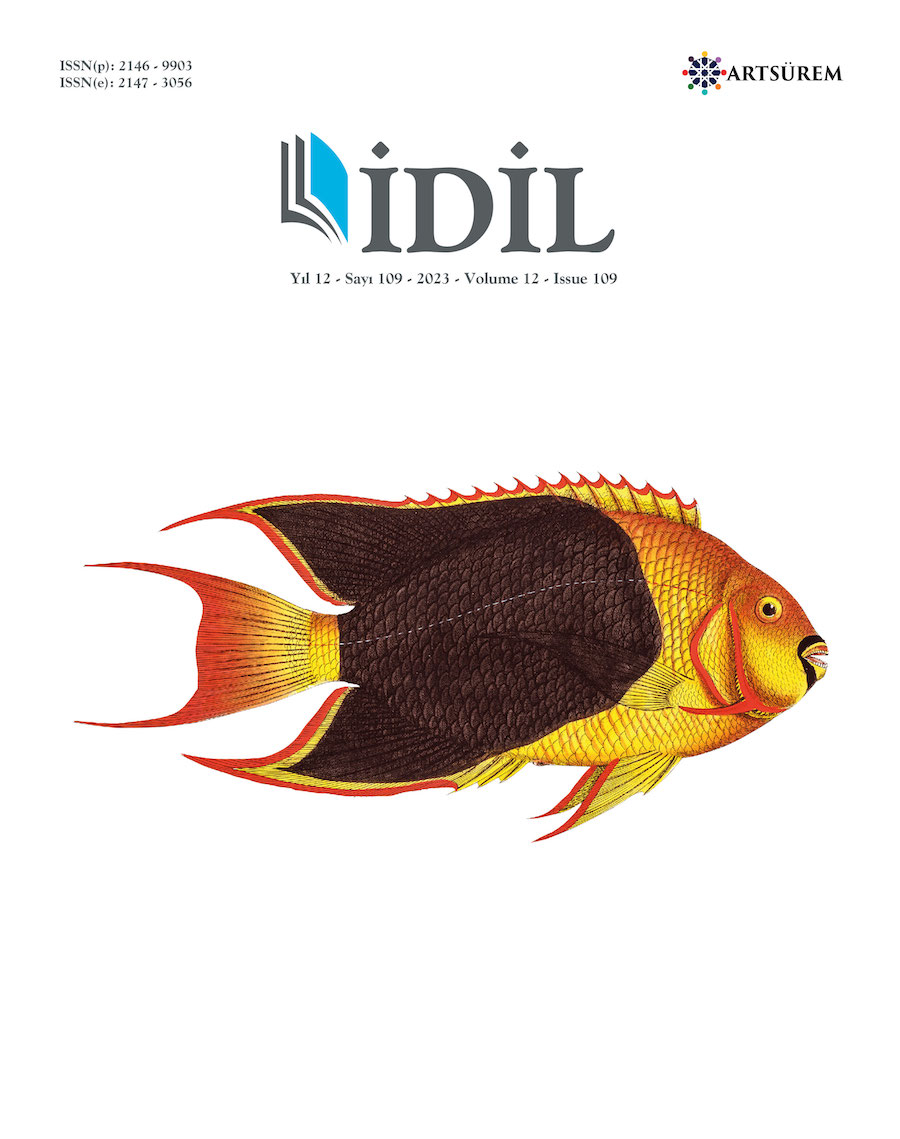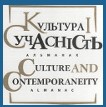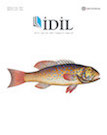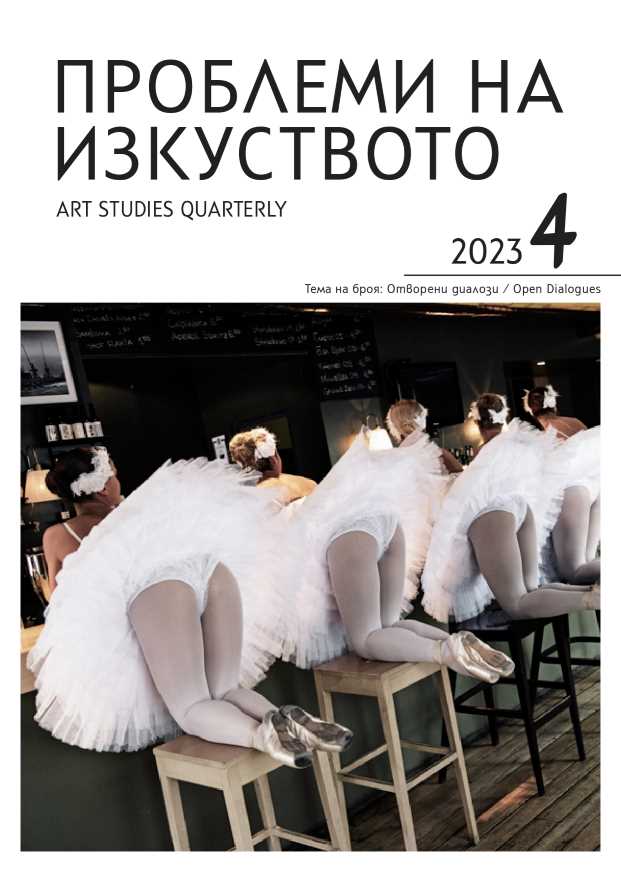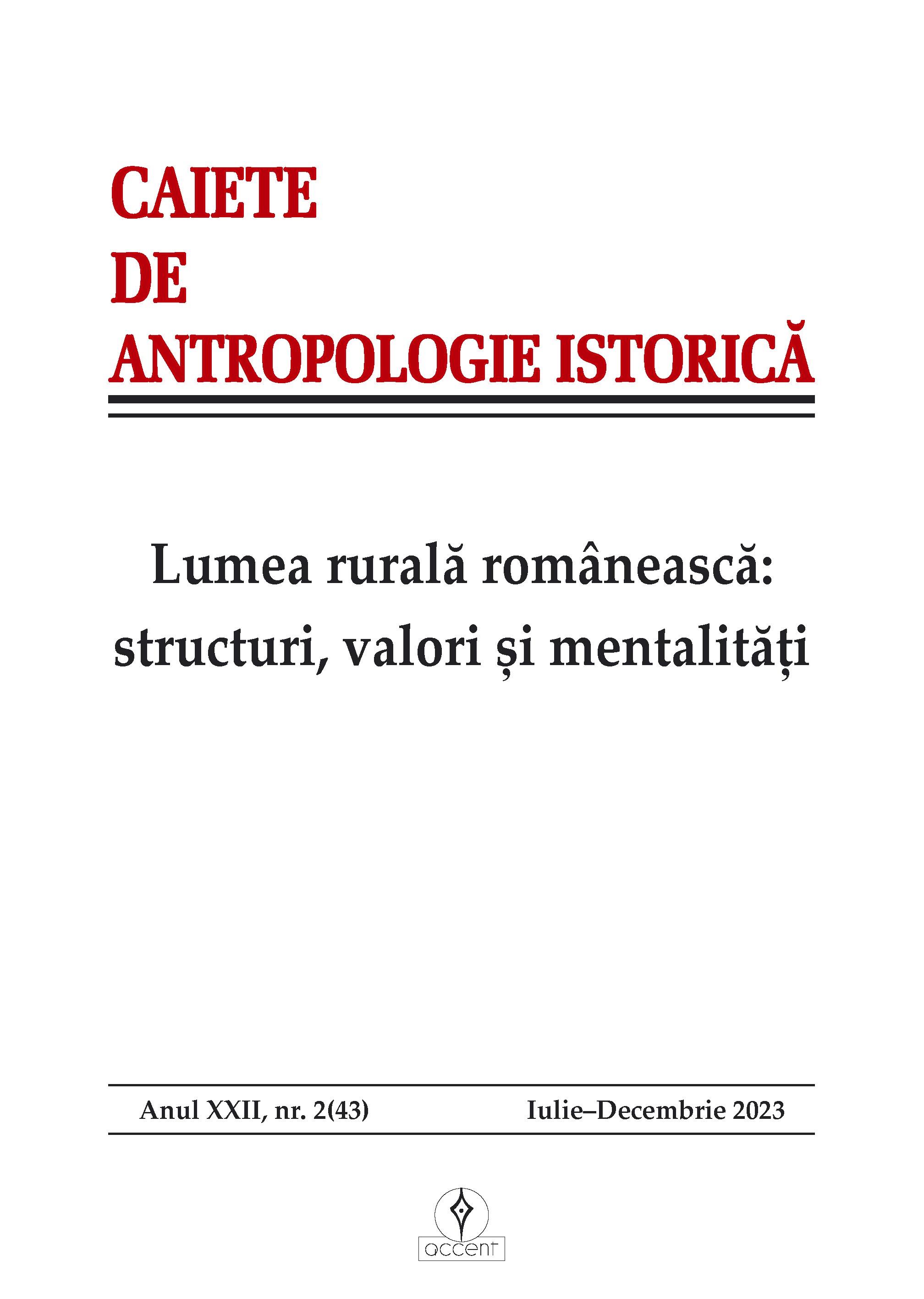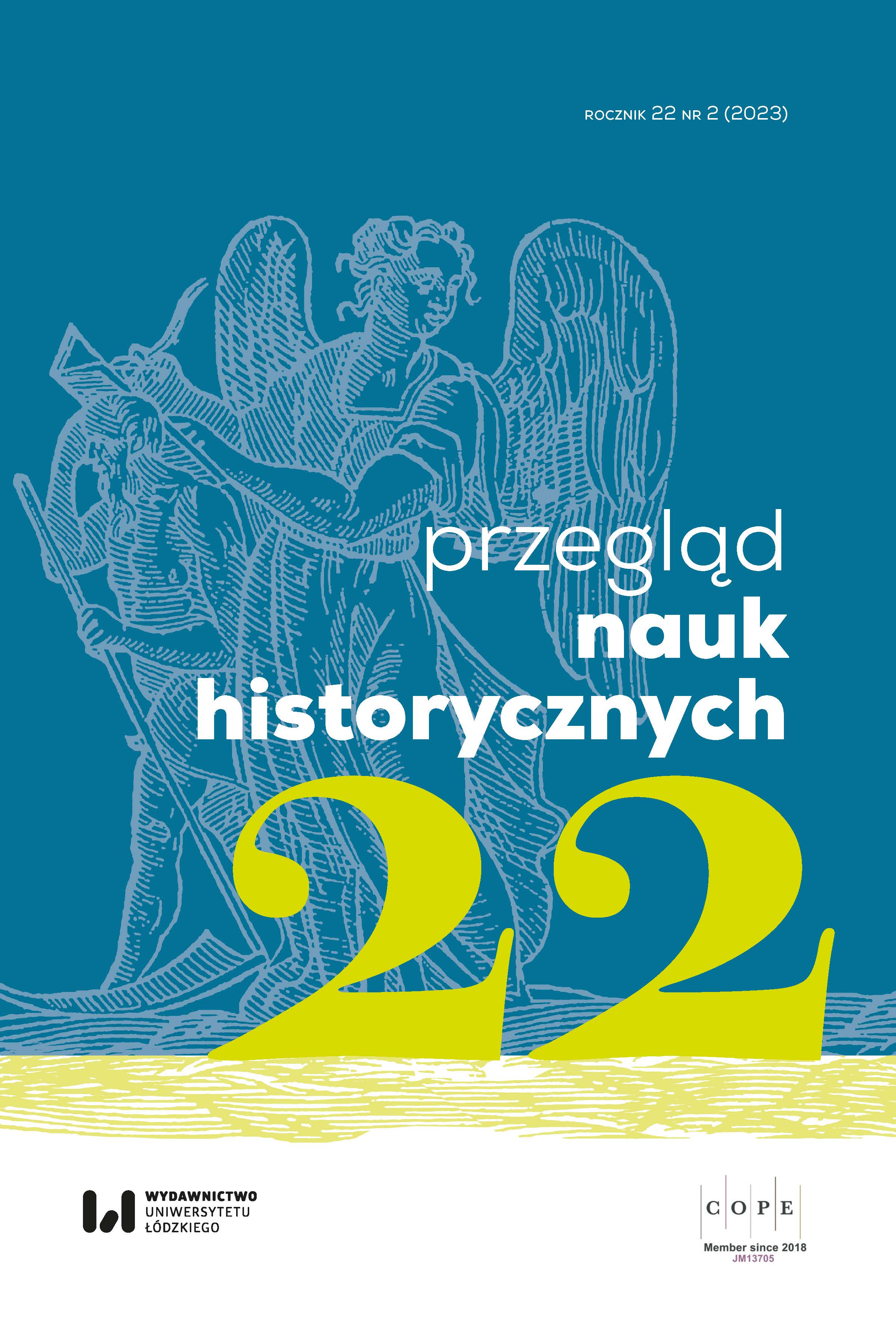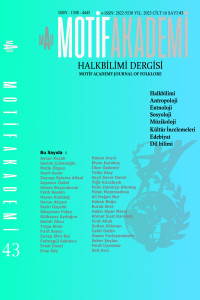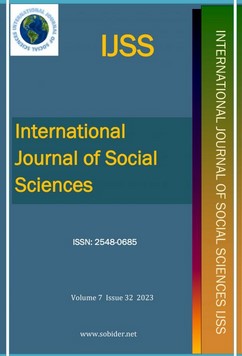Author(s): Gülşen Şefika Ekmekci / Language(s): Turkish
Issue: 109/2023
Modernism in art, which started in the twentieth century, followed by postmodernism that emerged in the mid-century, developing technology and material diversity, and changing social and cultural approaches have provided areas of intellectual and formal freedom in art. Concepts such as interdisciplinary and multidisciplinarity related to the studies offered by these fields have begun to take a prominent place in the art agenda. In the interdisciplinary process, there is a hybridization of new works in a heterogeneous context with different styles, materials and technical interactions. When we look at the work of art with a more holistic and pluralistic approach, multidisciplinary formation makes hybridization more dominant. Artistic textiles have moved with many disciplines since their formation. Today, weaving, which is an expression technique in the field of contemporary art, exhibits a hybrid structure through different interactions by blending many techniques and materials with the pluralistic discipline that is the result of postmodern influences. For this purpose, after conducting the necessary literature review, hybridized examples of the weaving technique with different techniques and features are presented in the synthesis of the information obtained. As the first stage of data collection, artists using weaving technology and techniques and materials from different disciplines were identified. The combination of the weaving techniques of the 5 selected artists and the techniques of other disciplines, and the transformations that occur by hybridizing them with non-textile materials, are discussed. Work analysis, one of the qualitative research methods, and Edmund Burke Feldman's "investigative art criticism" method, which is a criticism model in the discipline of art education, were used. The hybridity of the forms, materials and technical structures of the new works of art, which were examined through work analysis and emerged with different disciplines by scanning method, was examined and their contributions to the unity of disciplines were questioned. Then, using Feldman's method, the selected works were customized with the stages of "description, analysis, interpretation and judgment". Description and analysis analysis, interpretation and judgment analysis were carried out in a wide section. As a result of examining the artist's works, common and different pieces were compared. With the emergence of the works, it has been observed that the dimensional expression of the weaving technique, especially two-dimensional structures, has moved to three-dimensional structures. Components such as weave, raw material, color and density, which are visual and tactile irregularities of the production technology, which is a surface arrangement, transform into different new methods after hybridization
More...
